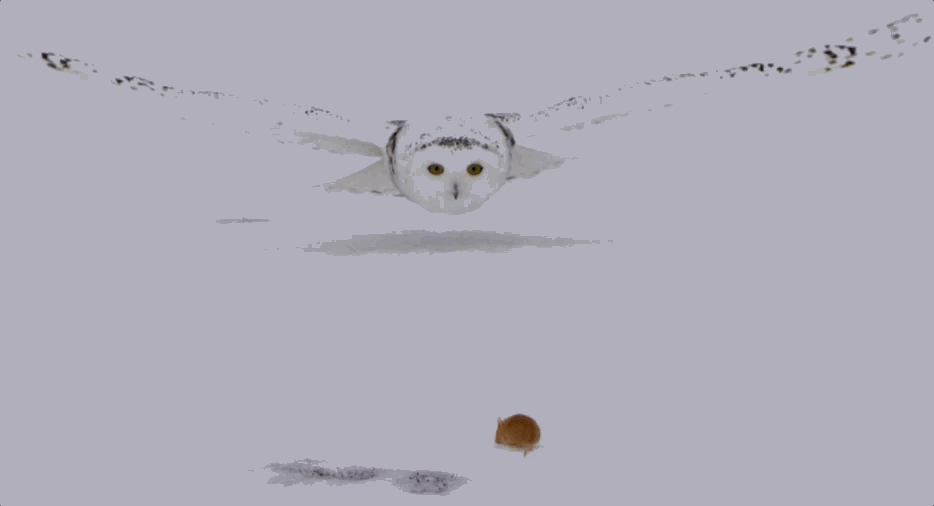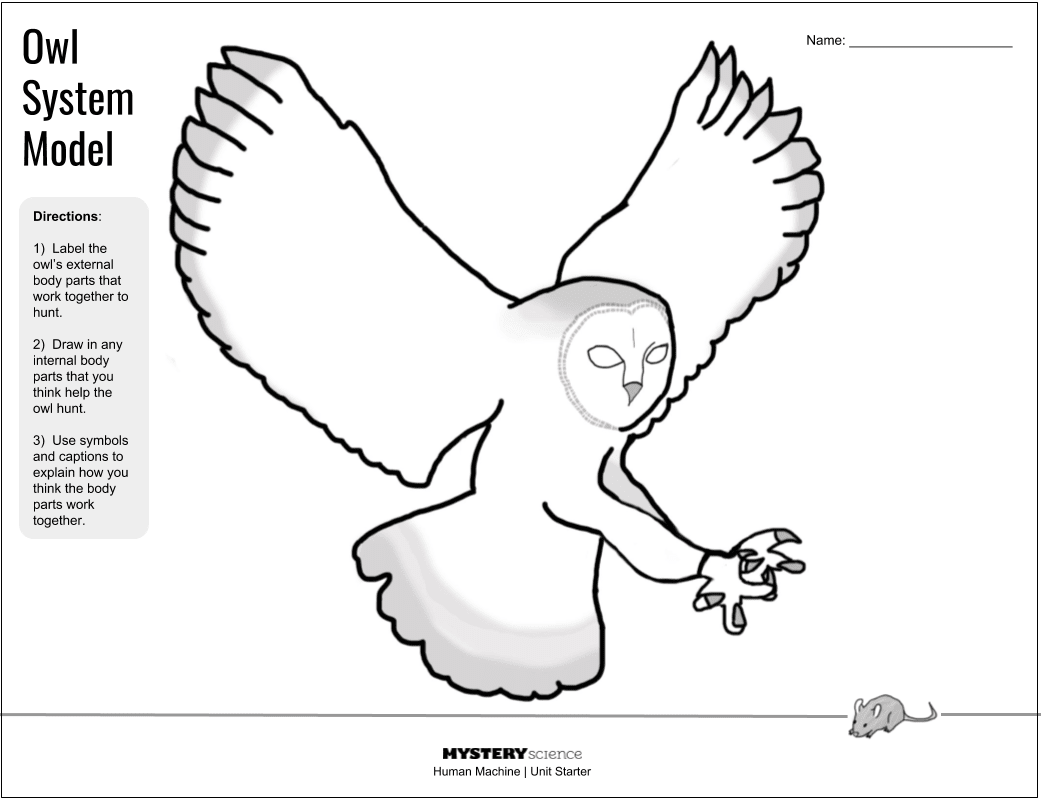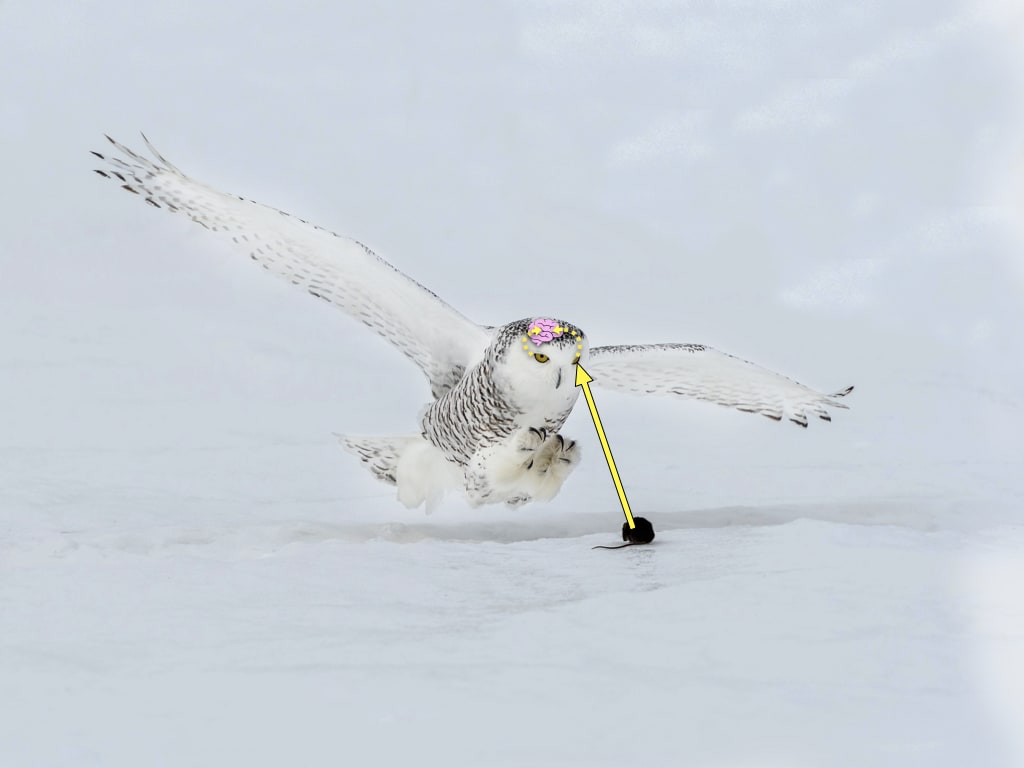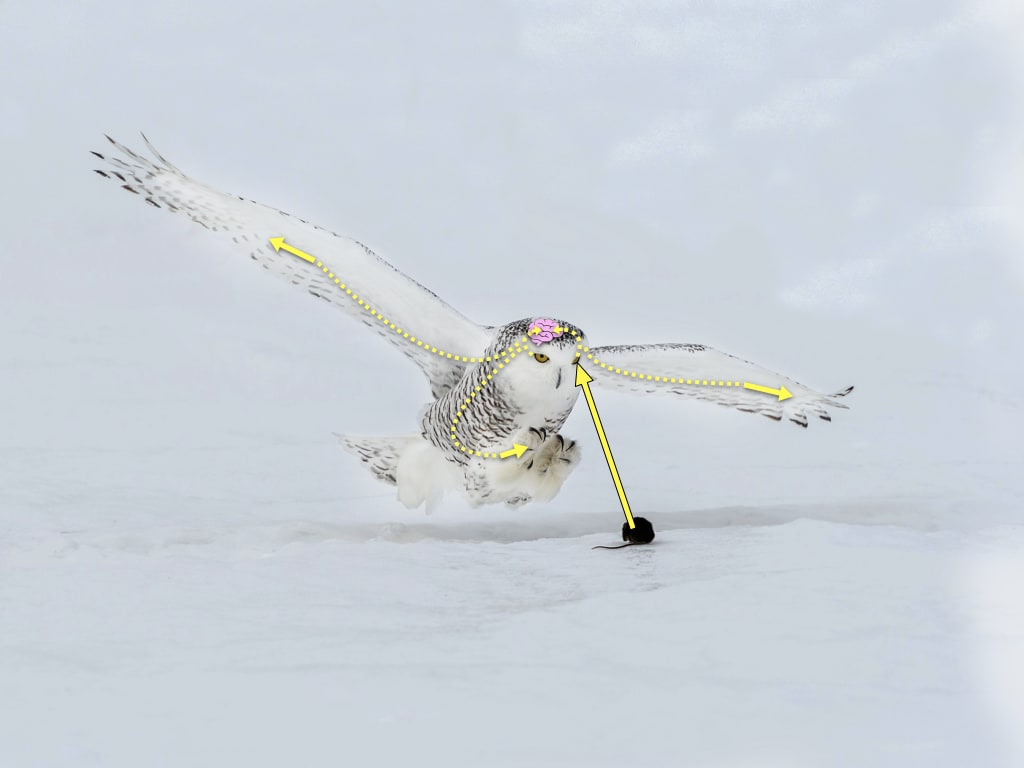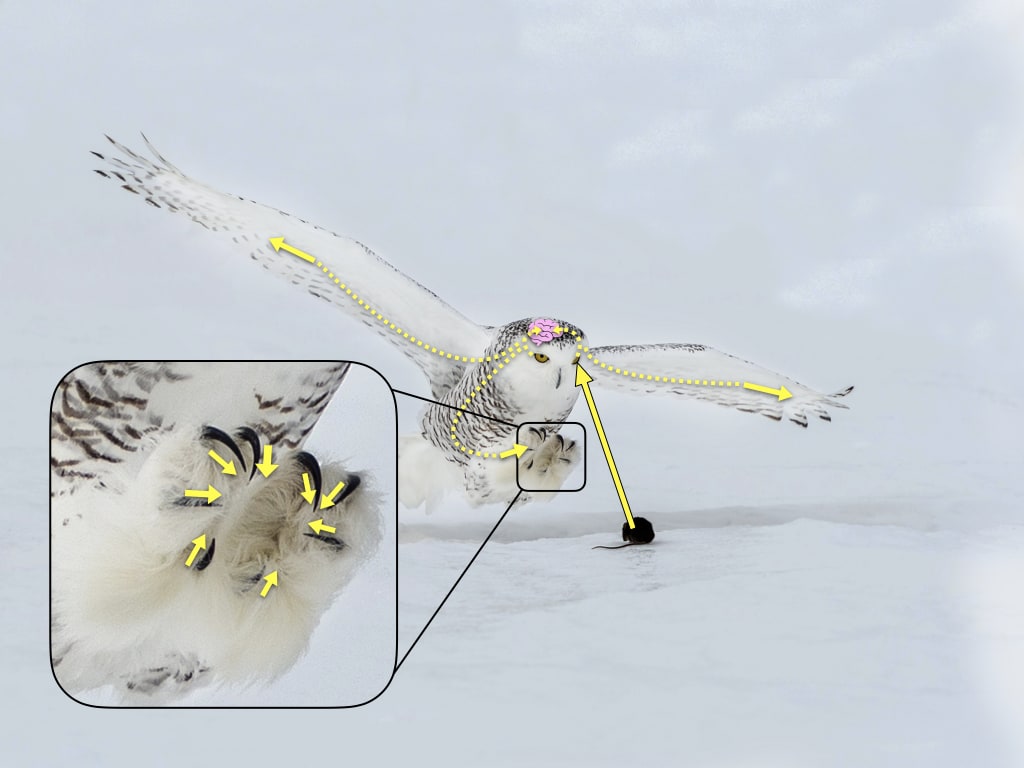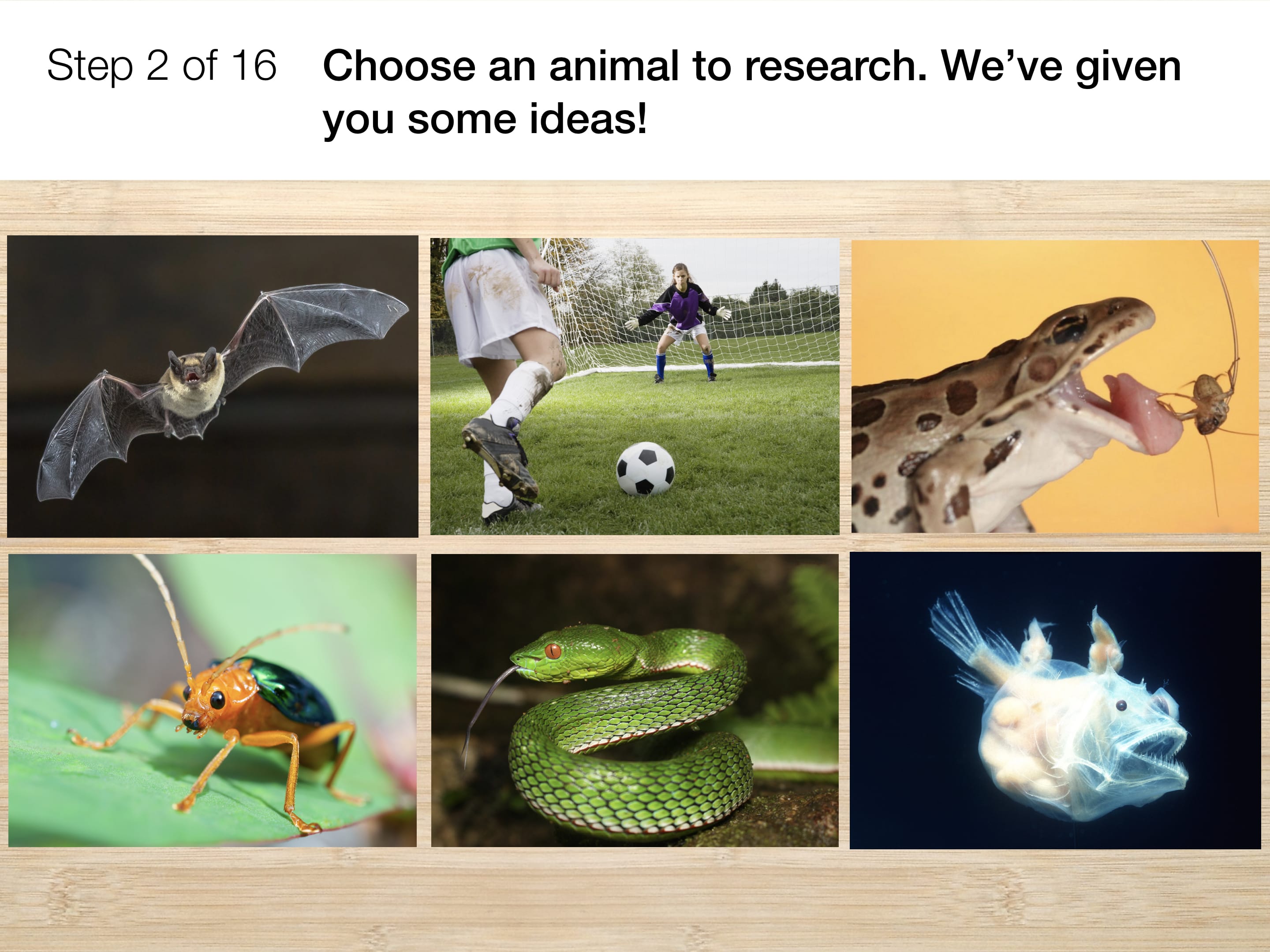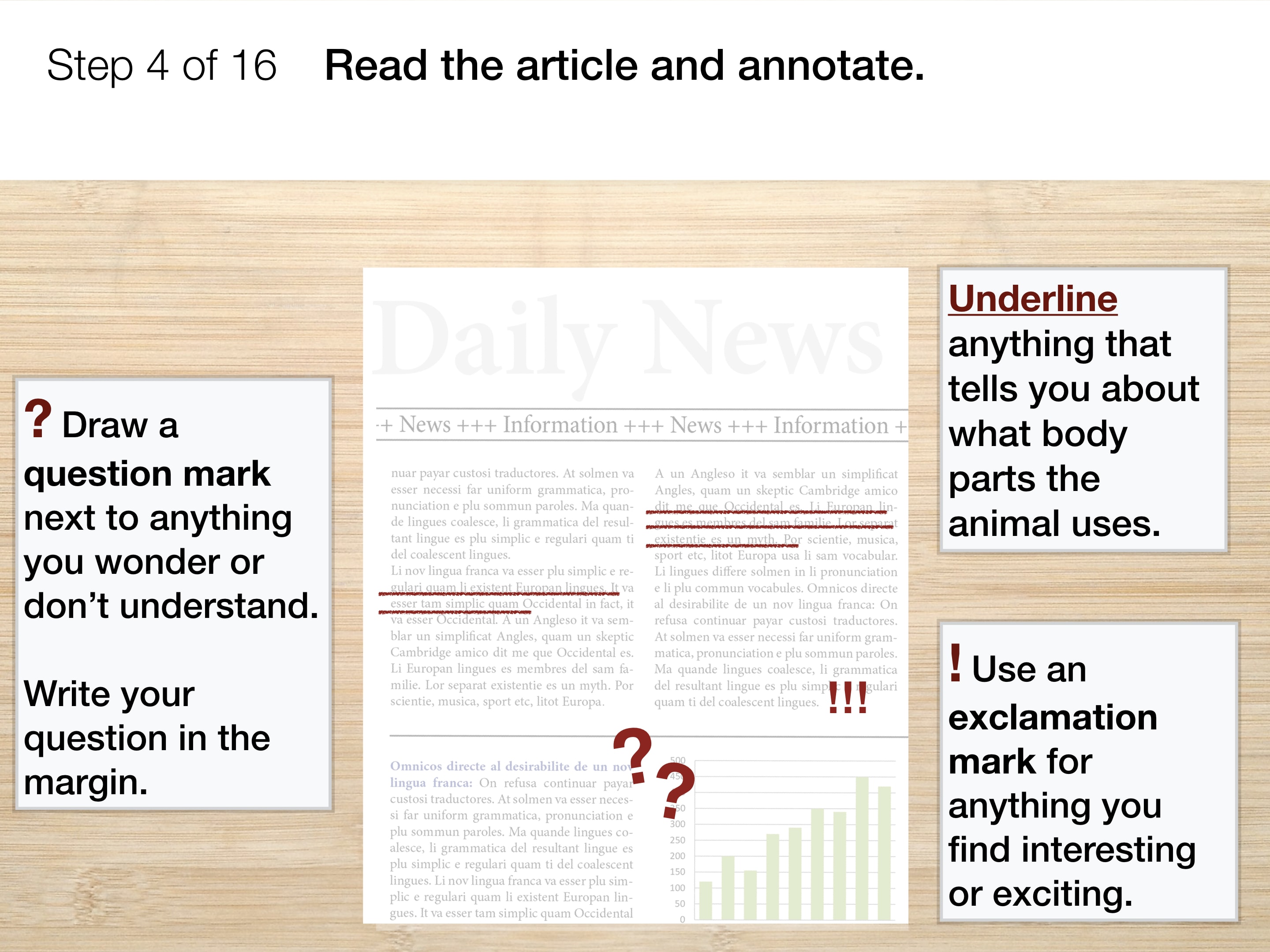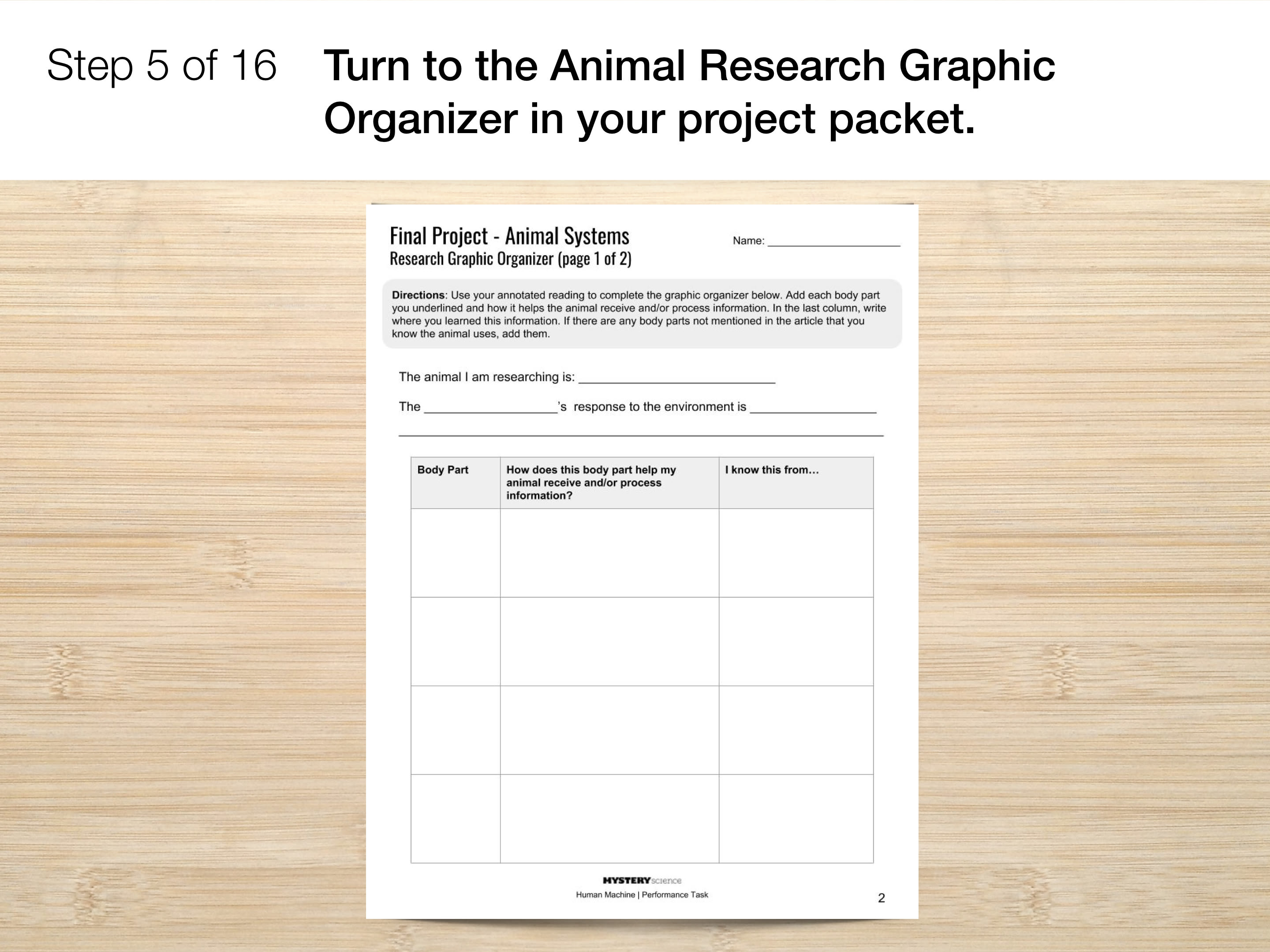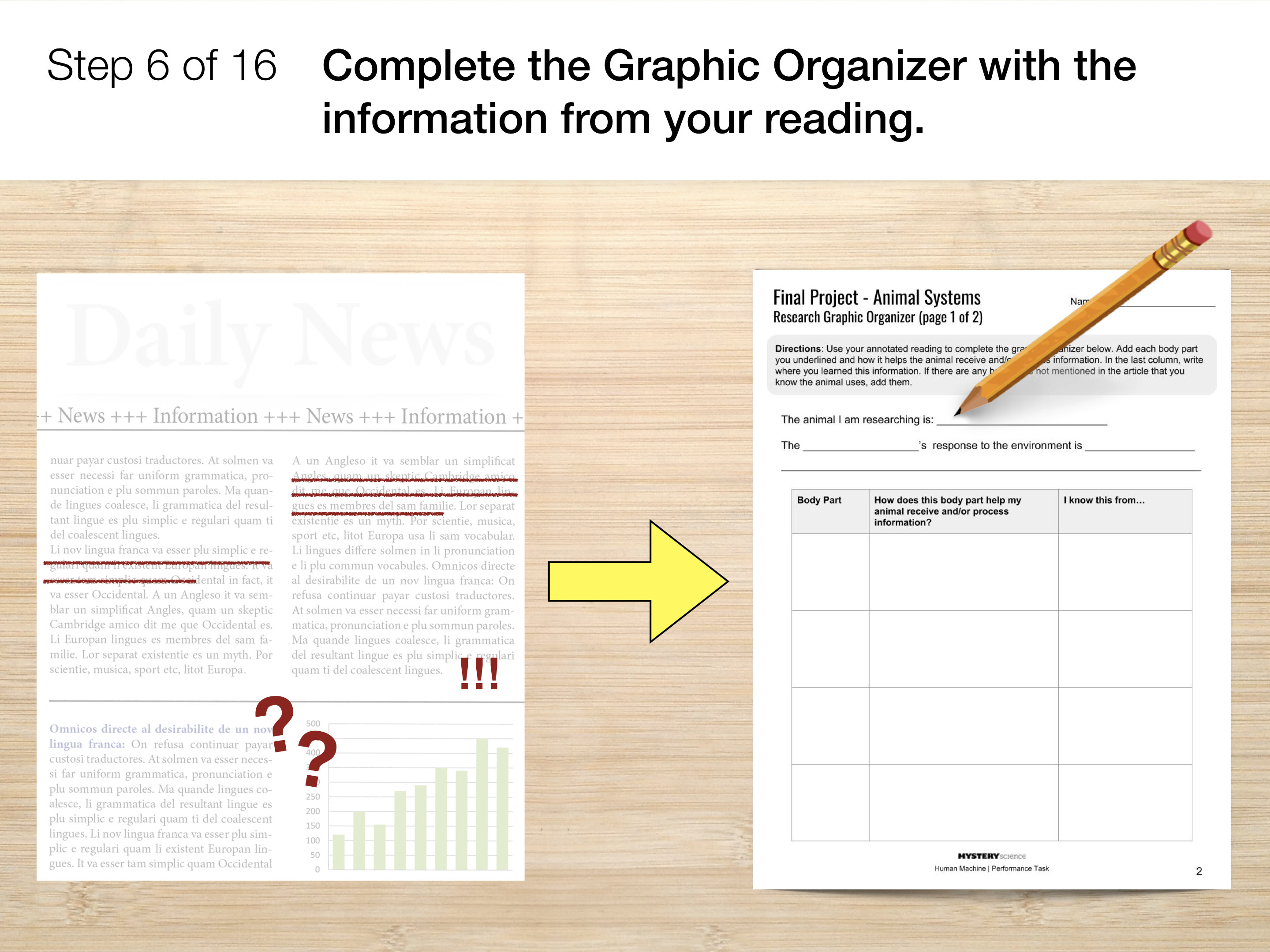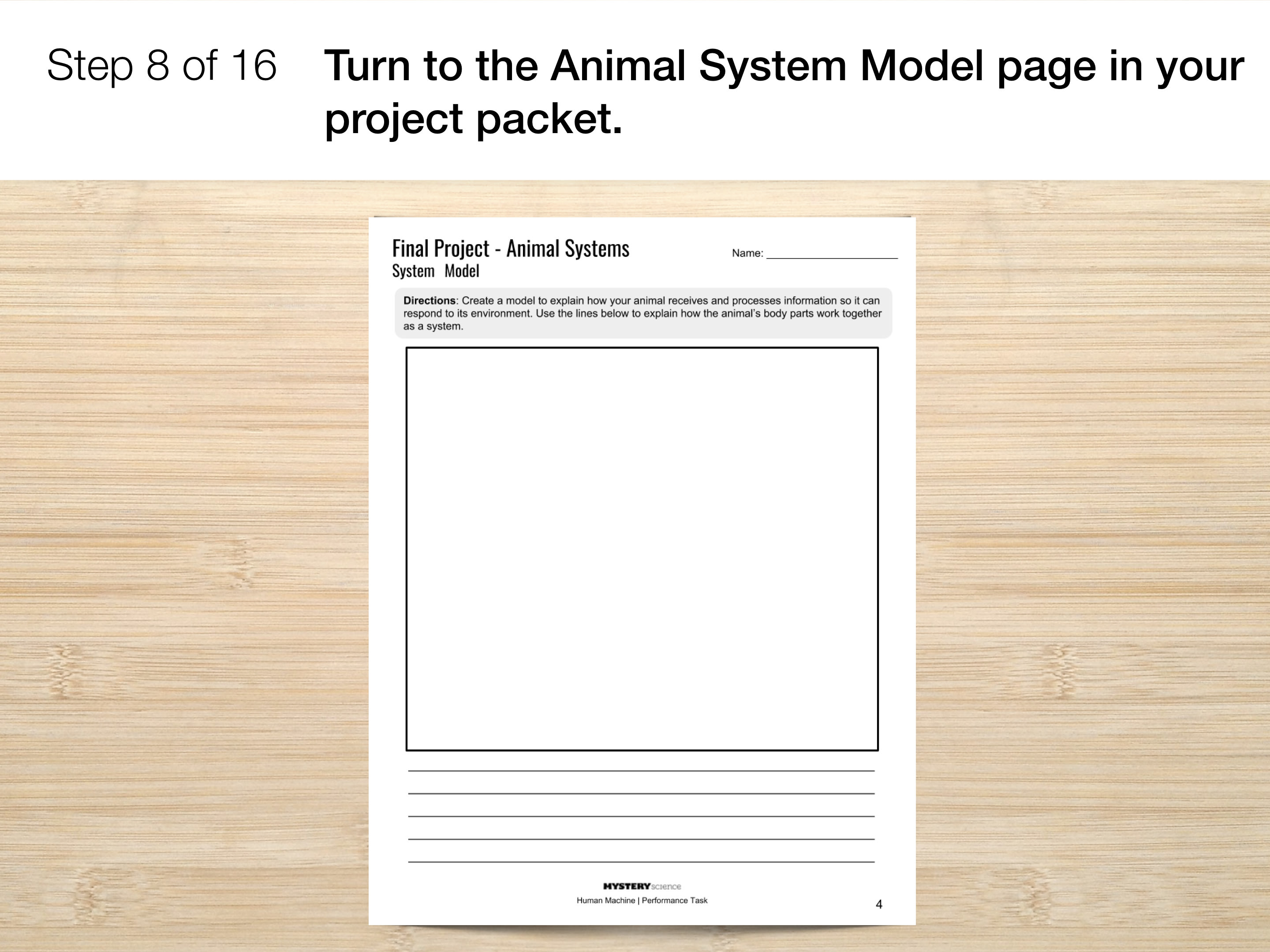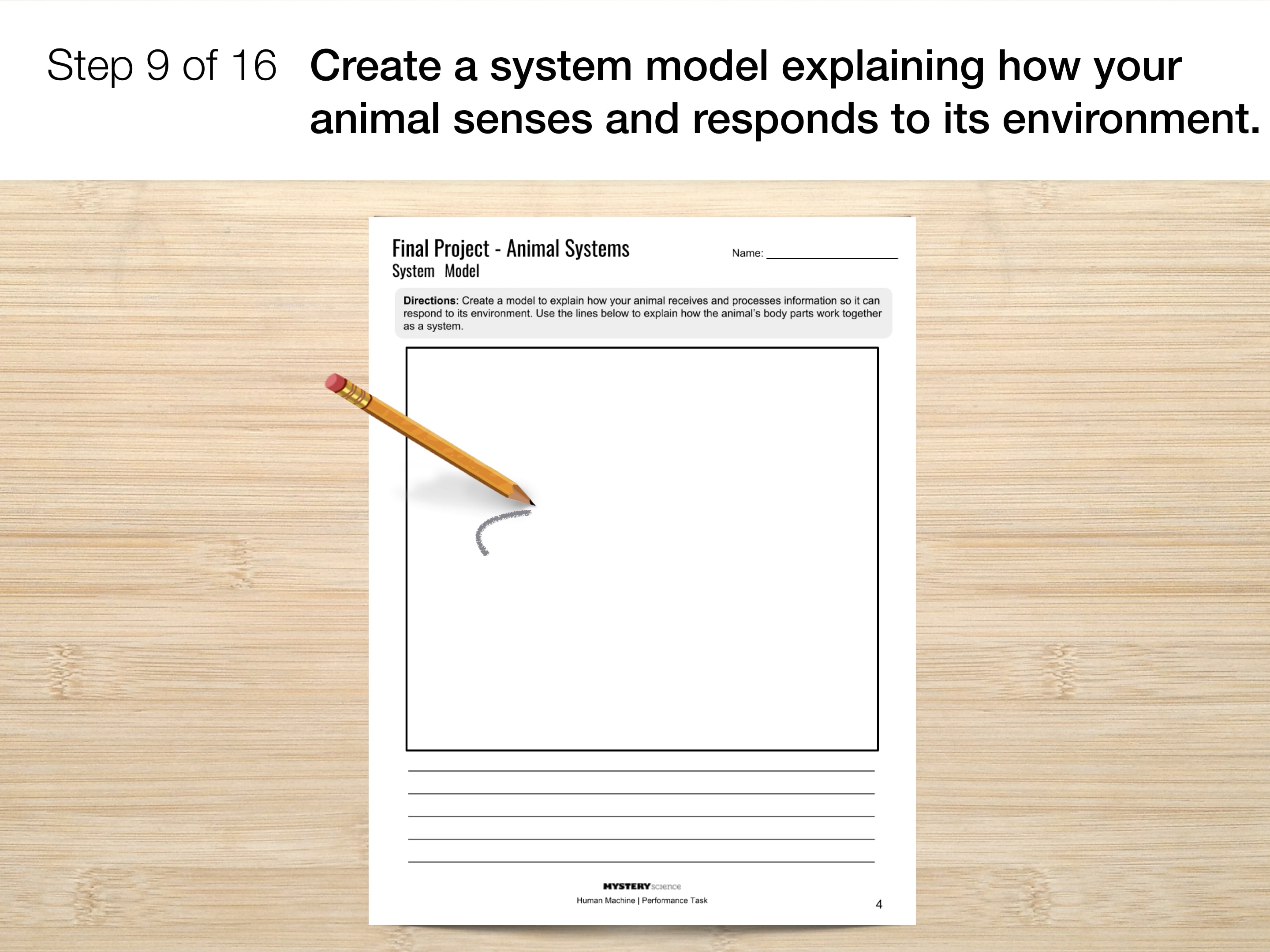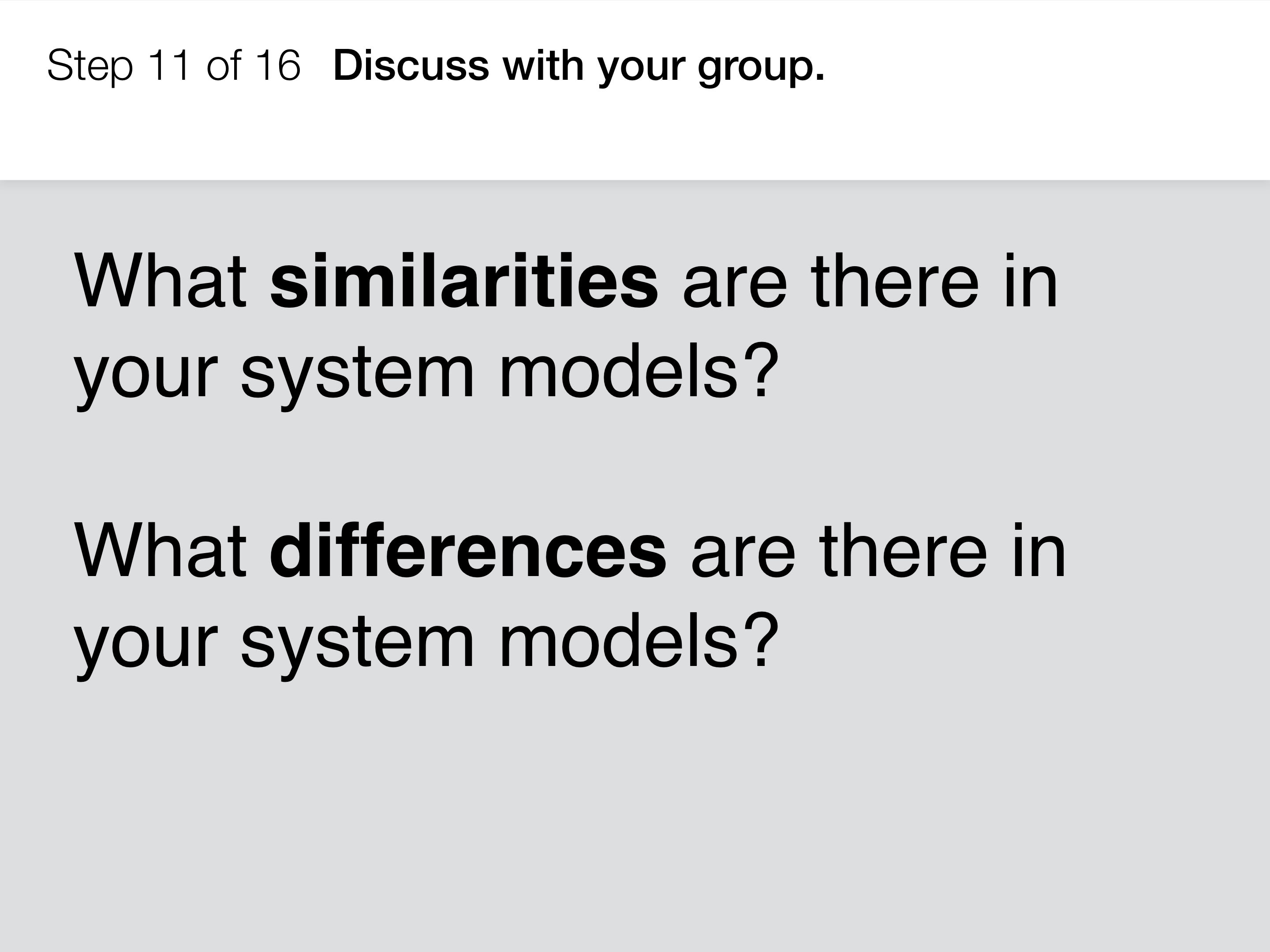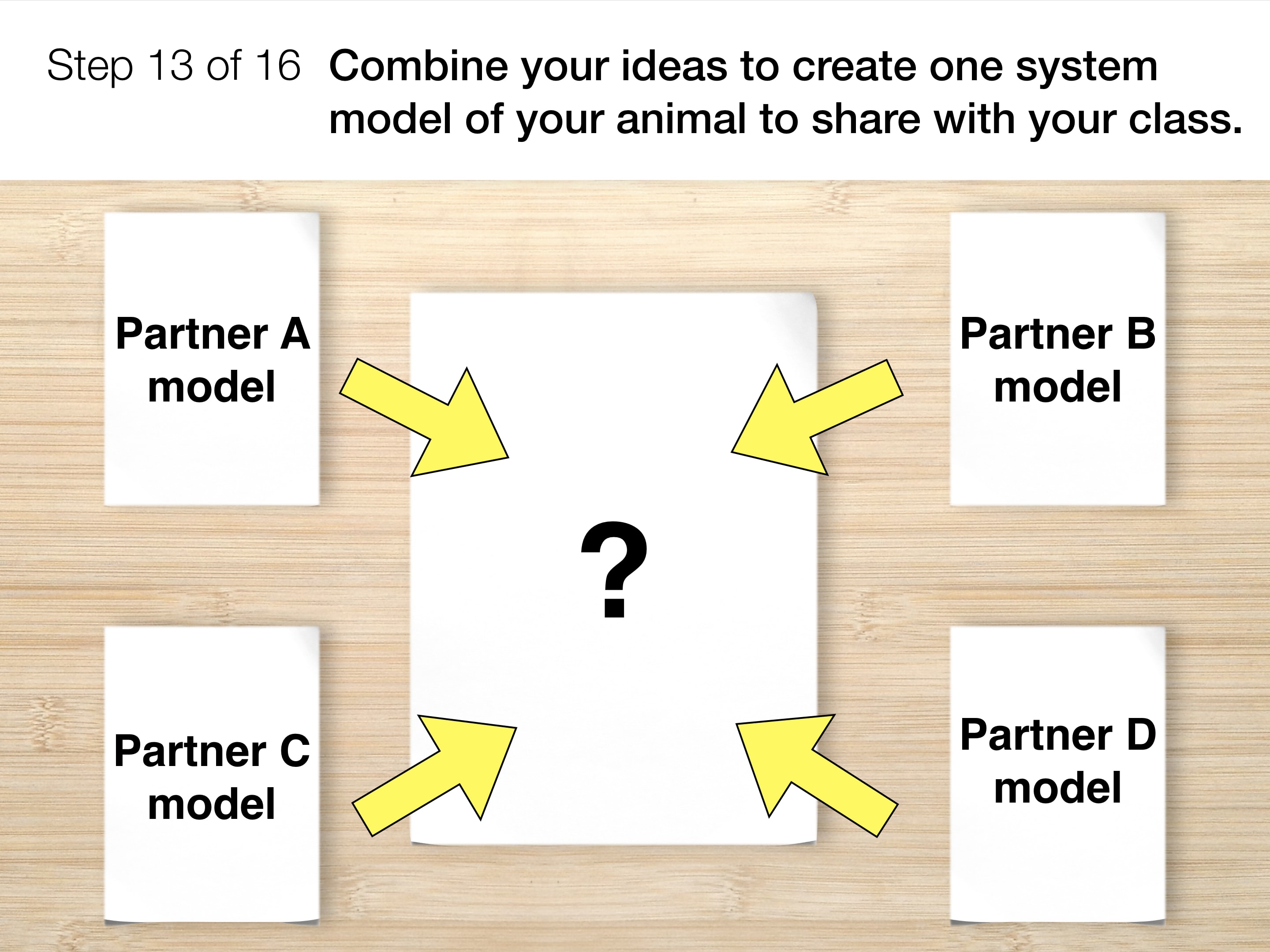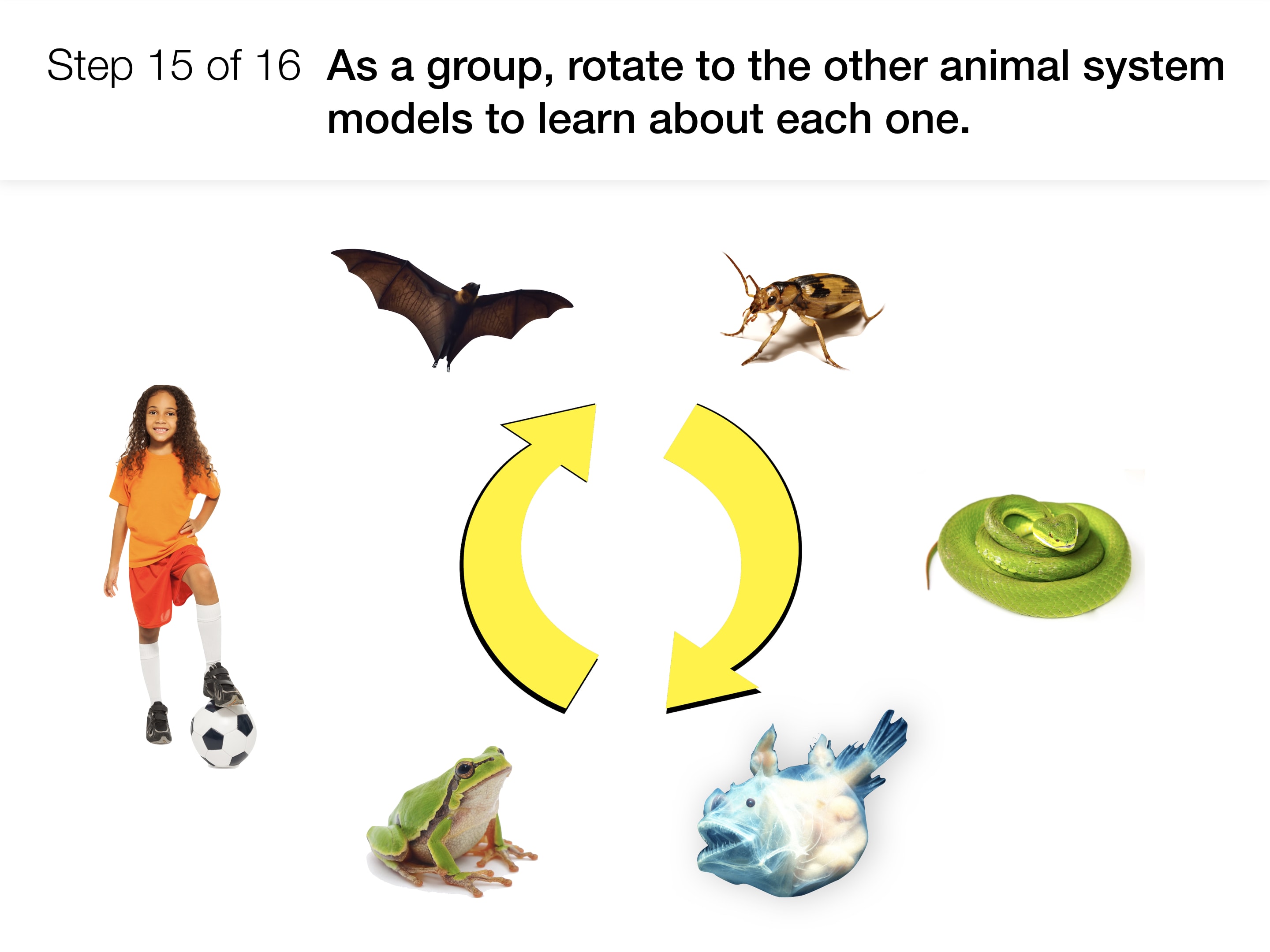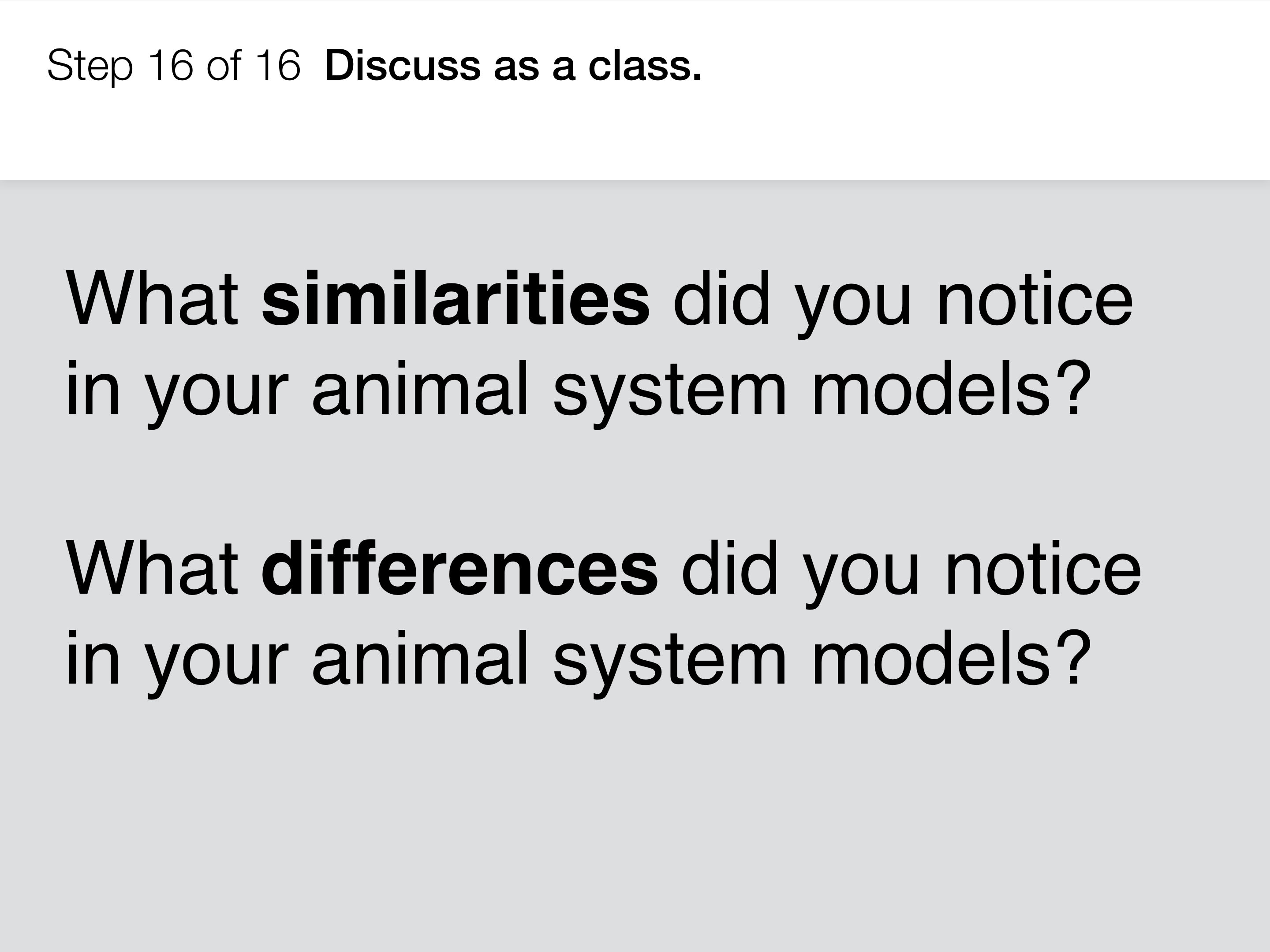Image & Video Credits
Mystery Science respects the intellectual property rights of the owners of visual assets.
We make every effort to use images and videos under appropriate licenses from the owner or by
reaching out to the owner to get explicit permission. If you are the owner of a visual and
believe we are using it without permission, please
contact us—we will reply promptly and make
things right.
Other
Angler Fish Female Males by
Image used under license from Shutterstock.com: Neil Bromhall
Bombardier Beetle by
Image used under license from Shutterstock.com: Johannviloria
Bombardier Beetles by
Image used under license from Shutterstock.com: Kasira Suda
Childs drawing frog on blue by
Image used under license from Shutterstock.com: Nestyda
Cute Black Girl Stand on soccer ball by
Image used under license from Shutterstock.com: Sergey Novikov
Empty Class Room by
Image used under license from Shutterstock.com: Fotosr52
Flying Fox Huge Bat by
Image used under license from Shutterstock.com: Panda3800
Frog with cricket by
Image used under license from Candler Hobbs-Georgia Tech
Girl kicking soccer ball toward goalie by
Image used under license from Shutterstock.com: Blend Images
Green pit viperasian by
Image used under license from Shutterstock.com: Ging o_o
Pipistrelle Bat Pipistrellus by
Image used under license from Shutterstock.com: Rudmer Zwerver
Sheet paper isolated by
Image used under license from Shutterstock.com: Spacezerocom
Small tree frog by
Image used under license from Shutterstock.com: Tsekhmister
Vogel's Pit Viper by
Image used under license from Wikimedia Commons: David Frohlich

